Introduction: Why Are Bispecific Antibody Drugs Gaining Attention?
In recent years, bispecific antibody drugs (BsAbs) have garnered increasing attention in the treatment of cancer, autoimmune diseases, and infectious diseases. By binding two different targets simultaneously, these engineered antibodies offer unique mechanisms of action that traditional monoclonal antibodies (mAbs) cannot achieve. This article will guide you through the foundational concepts and latest developments of bispecific antibody drugs.
What Are Antibody Drugs? A Quick Refresher
Antibody drugs are a type of biologic therapy that mimics the body’s natural immune defenses by targeting specific antigens. These drugs have transformed the treatment landscape for cancer and autoimmune diseases by offering high specificity and fewer off-target effects compared to conventional small molecules.
Limitations of Monoclonal Antibodies
Despite their success, monoclonal antibodies have inherent limitations—they typically recognize a single antigen and cannot modulate complex interactions between multiple cell types or signaling pathways. This restricts their efficacy in multifaceted diseases such as solid tumors or immune dysregulation.
What Are Bispecific Antibodies? Definition & Core Structure
Bispecific antibodies are engineered molecules designed to recognize and bind two distinct antigens simultaneously. This dual specificity allows them to bridge cells, block two signaling pathways at once, or co-deliver therapeutic effects. Structurally, BsAbs can take various forms, including tandem scFv fragments or modified IgG frameworks.
Novel Therapeutic Strategies Enabled by Bispecificity
The dual-binding capability of BsAbs enables them to act as a “molecular bridge” between immune effector cells and target cells. For example, T cell-engaging BsAbs recruit cytotoxic T cells to tumors, leading to enhanced tumor cell killing. Other strategies include simultaneous receptor blockade and enhanced immune synapse formation.
Structural Diversity: Key Formats (BiTE, CrossMab, DVD-Ig, etc.)
BsAbs come in a variety of structural formats, each tailored to optimize pharmacokinetics, stability, or target engagement. Key formats include BiTE (Bispecific T-cell Engager), CrossMab (crossed variable domains), and DVD-Ig (Dual Variable Domain Immunoglobulin), each with distinct advantages and trade-offs.
Mechanism of Action: Functional Classifications
BsAbs can be functionally classified by their mechanism of action: T cell redirectors, dual checkpoint inhibitors, receptor crosslinkers, and immune co-stimulators. These classifications help predict safety profiles, efficacy, and potential indications.
Expanding Indications: Beyond Cancer
While oncology remains the most active area, BsAbs have demonstrated efficacy in non-cancer indications. Hemlibra, for example, is approved for hemophilia A, while other BsAbs are being developed for autoimmune diseases, infectious diseases, and neurological disorders.
Market Landscape and Key Approvals (e.g., Blincyto, Hemlibra)
Blincyto (Amgen) and Hemlibra (Chugai/Roche) are two of the most successful BsAbs currently on the market. Dozens more are in late-stage development or clinical trials, with pipeline growth driven by advances in protein engineering and increasing investor interest.
Future Outlook: Challenges in Immune Control and Manufacturing
Despite their promise, BsAbs face challenges such as cytokine release syndrome, manufacturing complexity, and immunogenicity. Ensuring consistent production quality and balancing immune activation remain key hurdles to widespread adoption.
Summary & What to Expect in Part 2
This article provided an in-depth introduction to bispecific antibody drugs, from core mechanisms to real-world approvals. In Part 2, we’ll take a closer look at the various structural formats and how they shape BsAb performance. Stay tuned!
🔗 Related Articles / Series Links
- Therapeutic Trends 2025: What to Watch
- Introductory Series Index
- #1: What Are Slimming Drugs? A Gentle Introduction to Anti-Obesity Medications
- #1: What Are Antibodies? The Origin Story of ADCs – A Precision Cancer Weapon
- #1: What Is CAR-T? The Story of Emily Whitehead
- #2: The Technologies Behind In Vivo CAR-T
- #3: Key to Precision and Safety: Designing Smart CAR Expression
- #4: Deep Dive into CAR Structure: The Latest in Co-stimulation and Signal Engineering
- #5: Clinical Trial Frontlines and Emerging Biotechs
- #6: Emerging Technologies Addressing In vivo CAR-T Challenges
- #7: Key Figures Shaping the Future of in vivo CAR-T
- #8: Global Strategies Shaping the Future of in vivo CAR-T Development
This article was produced by the Morningglorysciences editorial team.
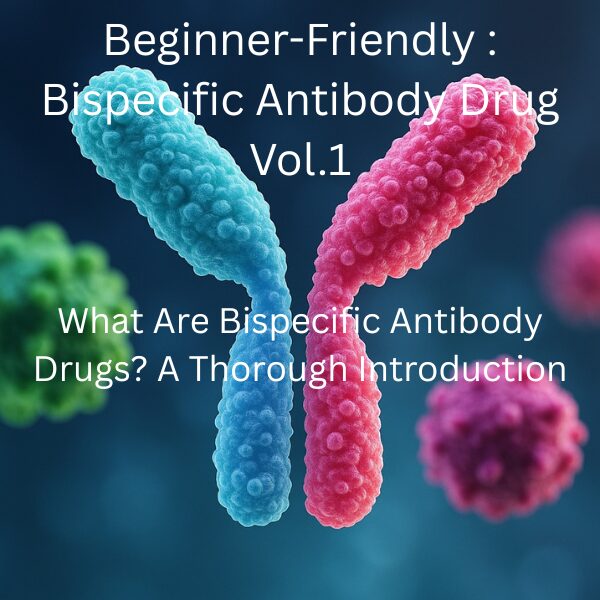


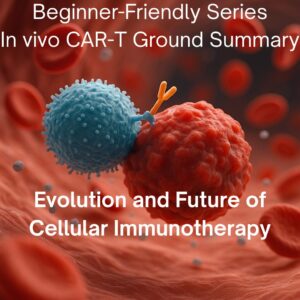


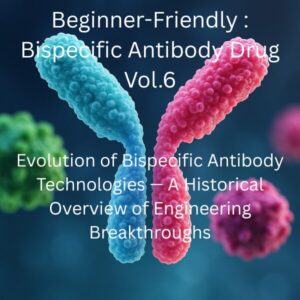
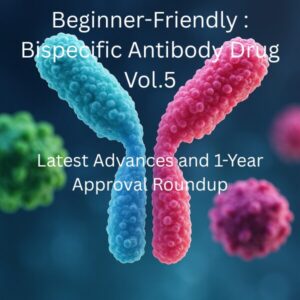
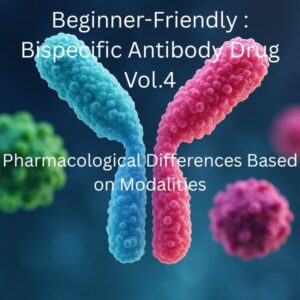
Comments